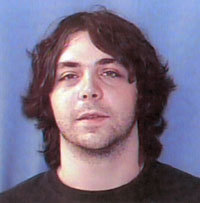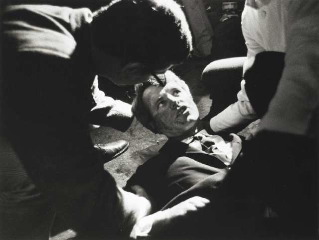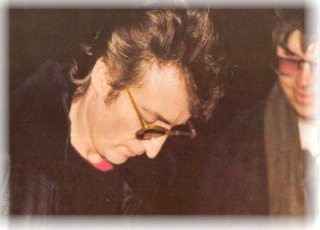
Wesley Neal Higdon, 25, who killed five people and then died by suicide in a "rampage" at the Atlantis Plastics injection molding manufacturing facility in Henderson, Kentucky, called his girlfriend two hours before the shootings to warn her that he was going to kill his boss, police told the media on June 25, 2008.
Henderson is a city located in Henderson County, along the Ohio River in Western Kentucky. It was called "Red Banks" by the native Americans who originally lived and hunted there because of the reddish clay soil on the banks of the river. For more than 100 years the city has been home to the Southern Cherokee Nation.
Henderson's roots lie in a scheme by a North Carolina judge, Colonel Richard Henderson, and a group of investors who sought to buy much of modern-day Kentucky and Tennessee from 1,200 Cherokee Indians gathered at Sycamore Shoals (located at present day Elizabethton, Tennessee) and later resell these frontier lands to settlers.
Henderson's group, the Transylvania Company, hired Daniel Boone to help settle the region. The Virginia General Assembly ultimately voided the deal, but granted Richard Henderson & Company 200,000 acres in exchange for their efforts in developing the wilderness region. That ground was located where the Green River flows into the Ohio River
Among Henderson's many famous residents was John James Audubon, a naturalist who lived in the town in the early 1800s. Displayed throughout Henderson are sculptures of several of his paintings from the "Double Elephant Folio" published in The Birds of America. The sculptures were designed by Raymond Graf, for the City of Henderson, in 2002 and 2003. They are located at various areas in the Henderson downtown district.
Henderson, a quiet town of 28,000 people, was in shock from the shootings.
Police said Wesley Higdon of Henderson had an argument with his supervisor about wearing safety goggles and using his cell phone while was at his press machine on Tuesday, June 24, 2008.
Later that night, as the supervisor escorted him from the building, Higdon shot him, apparently using a .45-caliber pistol he kept in his car. Then, he charged into a break room and the plant floor and kept shooting before turning the gun on himself, police said.
"He just walked in, looked like he meant business, and started shooting at everybody," Henderson Police Sgt. John Nevels said at a news conference.
(Early reports say the shooting began just before midnight, on June 24th, St. John's Day, although media accounts generally published that the shootings occurred early on June 25, 2008.)
A man who called 911 frantically described the violent scene to a dispatcher, tallying up the number of dead around him.
"There's more than two people dead. There's like one, two, three, four, five people dead," the man said. "The supervisor is dead, too."
The killings stunned the sleepy Ohio River town of about 28,000 people, where a local leader said many residents know or are related to a worker at the plant. The plant, operated by Atlanta-based Atlantis plastics, employs about 150 people and makes parts for refrigerators and plastic siding for homes.
Henderson County Coroner Bruce Farmer identified the supervisor as Kevin G. Taylor, 30, of Dixon. The slain co-workers were Trisha Mirelez, 25; Rachael Vasquez, 26 and Joshua Hinojosa, 28, all of Sebree; and Israel Monroy, 29, of Henderson. Shooting survivor Noelia Monroy, Israel's sister, was hospitalized in nearby Evansville, Ind.
"Our whole community is in shock," Henderson County Judge-Executive Sandy Watkins said.
Employees at the company were sent home early Wednesday, but the company said that it hoped to resume limited operations at night. Atlantis Plastics CEO Bud Philbrook told The Associated Press in an interview in Atlanta that the company was reeling.
"It's just total shock. It's something you read about in the paper," Philbrook said.
Investigators were trying to piece together the timing of the shooting spree. Philbrook said that Higdon didn't appear to have any previously disciplinary problems at the plant.
Nevels said family members told detectives that Higdon kept a .45 caliber pistol in his car almost all the time, which is permissible in Kentucky.
Four of the victims were members of St. Michael's Catholic Church in Sebree, Ky., said the Rev. Jason McClure, who had spent much of the morning with the victims' families.
"They are very upset and hurting deeply and just trying to figure out what to do next," McClure said.
In a news release on the company's Web site, Atlantis Plastics said it is a leading U.S. manufacturer of three kinds of products: polyethylene stretch films for wrapping pallets of materials, custom films for industrial and packaging uses, and molded plastic pieces used in products such as appliances and recreational vehicles.

